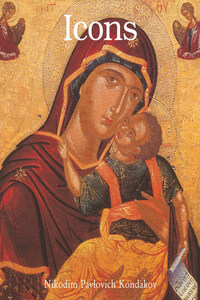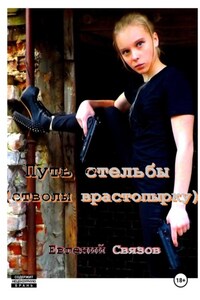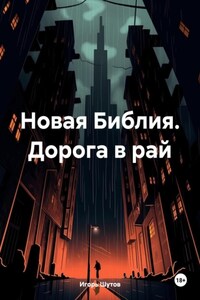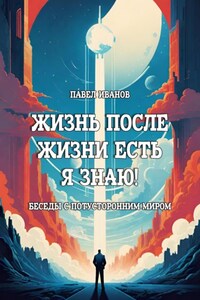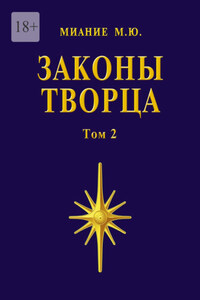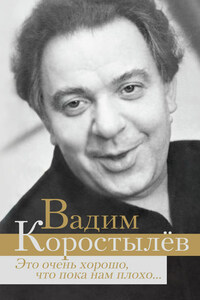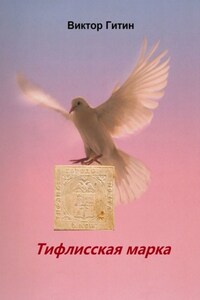1. Map of Russia, between the 11th and the 13th centuries.
Among graphic arts, the icon took first place in Russian life. Apart from the early Novgorod wall-painting, we may call the icon the chief expression of religious thought and popular feeling as early as the fourteenth century. Later, when wall-painting became subordinate to icon-painting, the icon became the one and only symbol of faith. In view of its special significance and its derivation from the Byzantine model, the Russian icon takes its place as the continuation of a high artistic tradition and in its development offers an unparalleled example of artistic craftsmanship. In its decorative qualities, the uniqueness of its composition, the severity of its types, the ideal character and spiritual depth of the religious thought it conveyed, the icon is to be compared with the early period of religious art in Western Europe. Besides this, the historian of art must bear in mind that the easel-picture arose over time from the icon. They must make every effort to comprehend the artform of the Russian icon in order to understand the historical traditions lying behind easel painting and influencing it to this day. Finally, from the early eighteenth century to the present day, the Russian icon has long existed as a handicraft or kustár’ product.[1]
As such, icons deserve the attention of art historians, for artistic handicrafts present difficult and complicated problems to historical interpretation which, for such reasons, have long been avoided. The time has come for Russian archaeology to study Russian icon-painting and trace through this particular phenomenon’s five centuries of history. Three centuries of neglect beginning with Peter the Great have sundered the Russian people from the last flourishing period of this artform and destroyed a greater number of icons than all the town fires and devastations in the Russian countryside combined.
Inventories tell us just how rich in icons the Russian cathedrals, monasteries, and private houses once were and also demonstrate the Muscovites’ reverence before ancient and hallowed icons. With great precision, these documents allow us to follow the disappearance of icons from Russian churches since the eighteenth century. Even as late as the early nineteenth century the Moscow churches were full of ancient sacred objects. The walls of the monasteries were hung with ‘Votive’ and ‘Festival’ icons and the outer chapels with panels of the saints of the calendar (Menaea). As people ceased to care for them, forgot about them and no longer looked after them (and they require constant repair), they were put into storage – and that meant destruction for many of the best icons. It was in the face of this destruction that there appeared all sorts of imitation work on tinfoil (fólezhnoe), podubórnoe,[2] paper, and other materials of the cheapest sort.
Icon-painting hid itself in the depths of the country: at Suzdal’ and in the Súzdal’ district there arose whole settlements of icon-painters, Mstëra, Palëkh, and Khóluy, but of these Palëkh and Khóluy had already adopted the ‘Frankish’ style[3] and ‘naturalistic’ painting (zhívopis’). Little Russia had rude ‘naturalistic’ icons as early as the seventeenth century: the success of Borovikóvski’s talent attracted general attention.
2. Christ in Glory, Giving His Blessing, 4th century. Decoration of an opus sectile, coming from an edifice near Port Marina. Museo Ostiense, Ostia.
The cathedrals[4] and churches of the South first began to be decorated by ordinary painters. Later, the region was followed by Muscovy in deserting the old fashion. The only people left to revere it were the Old Believers. They adopted as their favourite style that called after the Stróganovs and thus ensured its predominance in the workshops of Moscow and Súzdal’.
The excessive admiration for everything Western which was universal among educated Russians during the eighteenth century suffered a reaction at the time of the war against Napoleon. National feeling was raised to fever pitch, which was sustained by the romantic tendency of the new Russian litterature. The educated classes were drawn into a movement, called on its political side Slavophilism, for restoring and preserving the popular traditions. Educated men in the highest social positions, such as Rumyántsev, Olénin, and Evgéni Bolkhovítinov, Metropolitan of Kiev, began to collect the literary memorials of ancient Russia, chronicles and charters, and encouraged the making of archaeological surveys of ancient monasteries and churches. The icons that attracted most attention, and this chiefly from the historical side, were those famous for working miracles.
In the eighteen twenties and thirties, the number of antiquaries and collectors increased and the foundations of historical museums of Russian antiquities were laid. A great collector of manuscripts and icons was the historian m. P. Pogódin. The documentary side of Russian historical scholarship was encouraged by the Moscow Historical and Antiquarian Society which was founded in 1806. It was upon this documentation that all I. m. Snegirëv’s work on the history of the churches and monasteries of Moscow was based.
